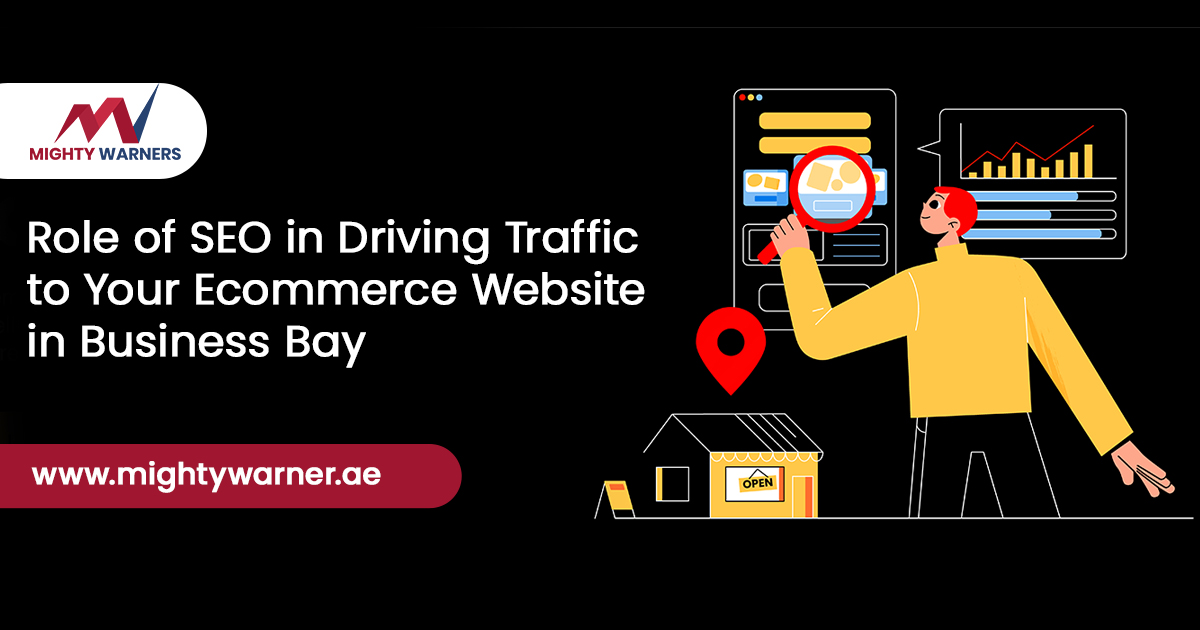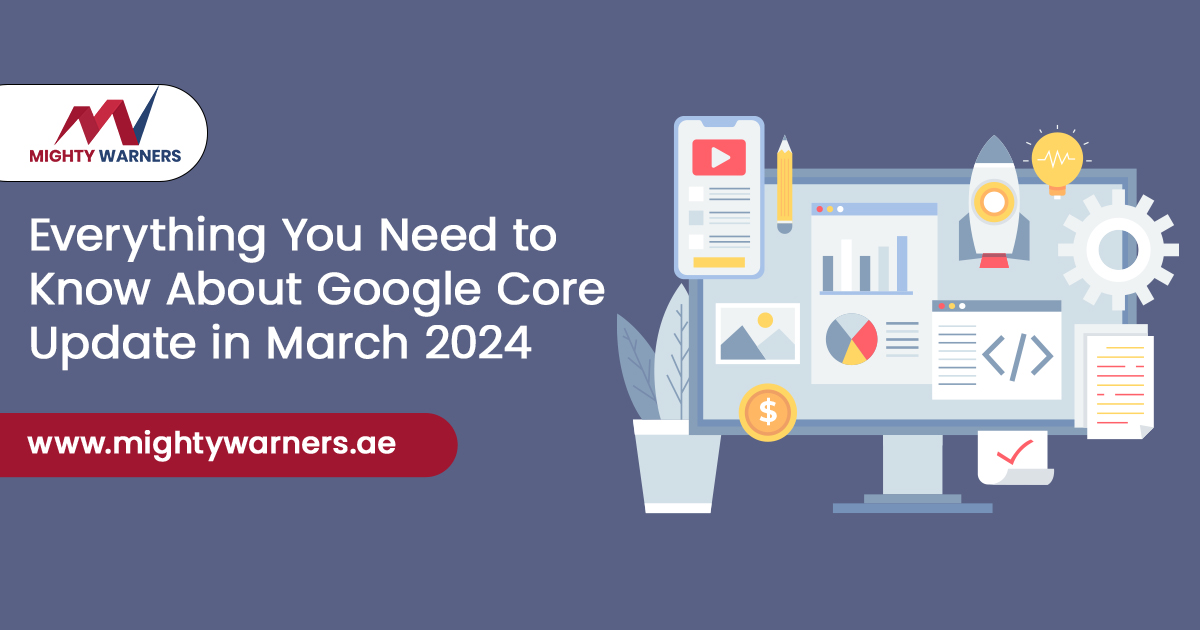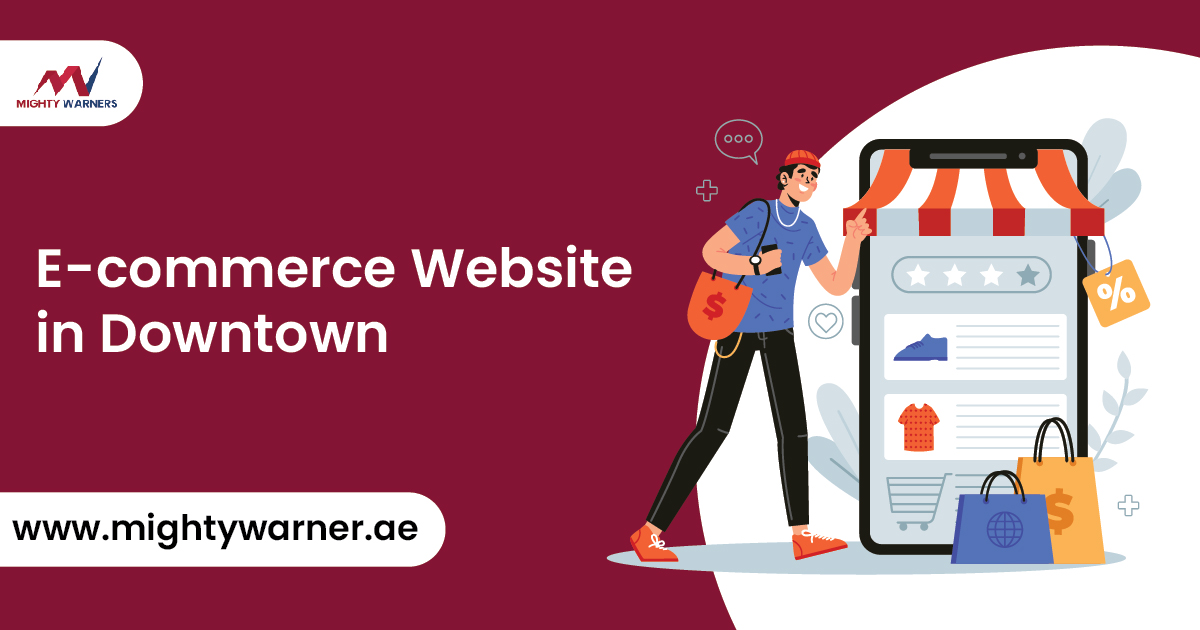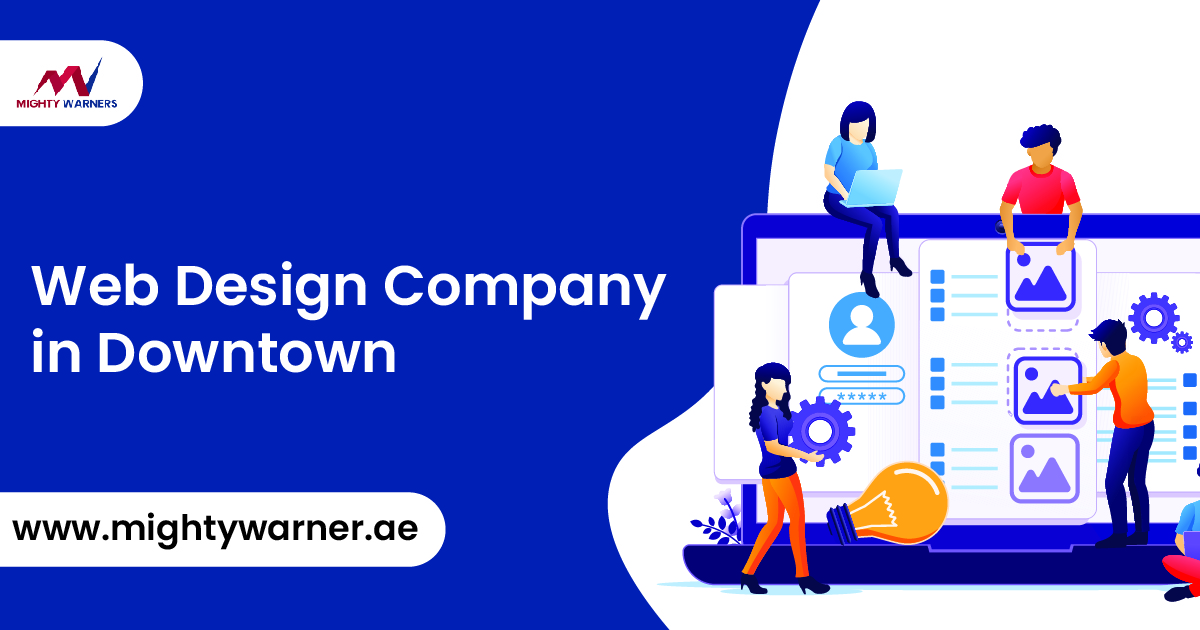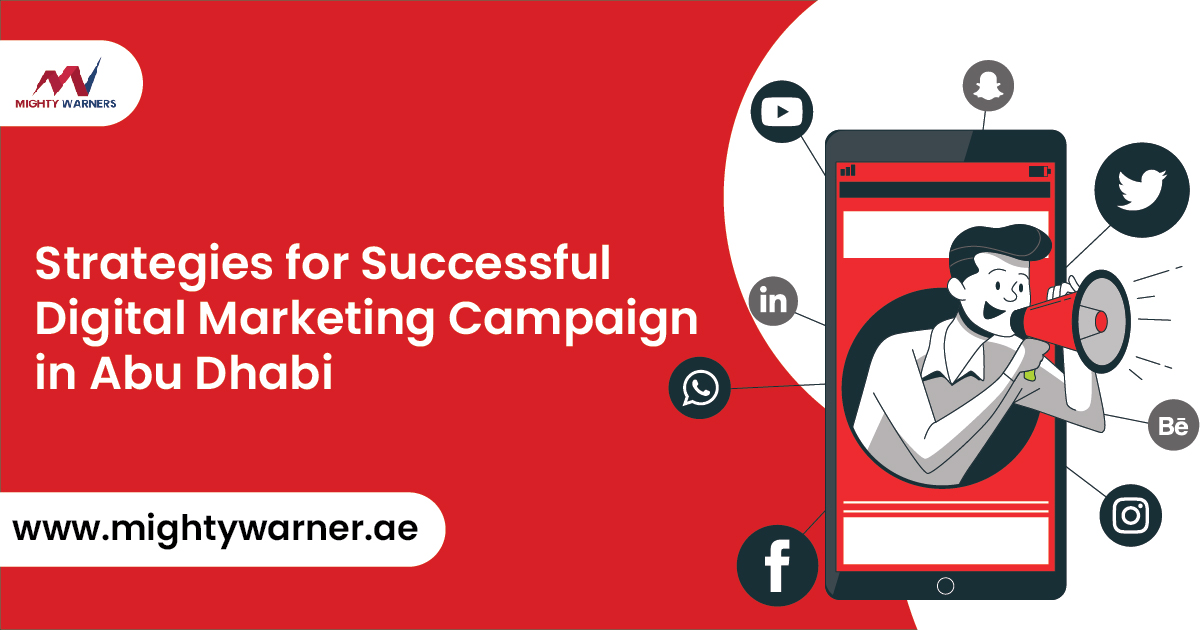The toughest situation you can face during online marketing is the hike in website bounce rate. Do you know why? Let me give you an example. Think of a time when you go to a store for buying a dress and leave it without even visiting it. Why? Just because you didn’t like the showcased clothes on the mannequin.
Well, your site visitors also have the same mentality. If your website is boring, your site visitors can leave it without even exploring the further pages on it. That’s what bounce rate means in general terms. Scroll down to know what it technically means and how to calculate it.
What is the Website Bounce Rate and How to Calculate it?
A website bounce rate is the percentage of sessions leading to the bounce. These sessions are the ones that begin and end on the same page. It happens when a site visitor doesn’t place “another request” on your website, such as navigating other pages, clicking on CTAs, etc. Here is how to calculate the bounce rate of your website:
Bounce rate = (single-page sessions/total sessions) * 100
Now, when you know what a bounce rate on website technical means, let’s see how to lower it for driving sales.
7 Sale Boosting Tips To Reduce Website Bounce Rate in 2022
1. Let the Page Load Faster
Allowing your site to load quickly is the most essential task to retain traffic on your website. Don’t let your visitors wait for so long when it comes to having a glimpse of your website.
Pass your website through a speed test and then optimize the individual components of your web pages accordingly.
Here are a few tools you can use to test your website:
- GT Matrix
- Google PageSpeed Insights
- Uptrends
- WebPage Test
2. Keep The Website Goal In Mind
What do you exactly expect from your website? This idea needs to be clear. Make sure you’re setting your goals while developing a website.
Suppose you run an eCommerce store, then your web pages must reflect this goal. Include offers, new product arrivals, and define categories for easy website accessibility. Always ensure your website is showcasing all the elements that consumers perceive when visiting an eCommerce website.
On contrary, if you’re creating an information portal, then your entire focus should be on improving readability over flashy effects.
Also Read: 10 Best Landing Page Optimization Strategies To Boost Sales in 2022
3. Know Your Target Audiences
Making it easier for visitors to get what they’re looking for is the best way to improve the time spend on your website.
You can start by building a user-friendly web page with compelling content and effortless navigation for hassle-free experiences. It’s because if you don’t do it you may lose a good number of visitors. The best way to avoid this situation is to focus on your target audiences and strategize how your designs are going to meet their needs.
In case you’re targeting younger audiences, don’t forget to integrate your social media account into the website. And if your target audiences belong to X and Y generations, then including case studies, white papers, and reports on a website will work best.
4. Focus On Content Relevance
Your website is merely a garbage box without relevant content to it. So, whenever you develop a website make sure you are adding the information that adds value to the product or service you’re selling.
For example, include a FAQ section that answers all the questions which your site visitors might need to know.
Putting some interesting material on your website can stop people bounce off your website. These materials could be:
- Internal and external like of related content
- CTAs for informational Newsletter Sign-Ins
- E-books and case studies
5. Incorporate High-Resolution Assets
While creating a website one this that you shouldn’t miss is to incorporate high-resolution assets into it. Enthralling visuals increase the curiosity in visitors to check the further pages of your website.
One of the tried-and-test methods for achieving this goal is by using formats like infographics, photographs, and videos. Ultimately, all you need to do is to keep your audiences staying for a longer period of time on your site. And eye-pleasing graphics can do it well.
6. Integrate Engaging CTA Forms
Whenever a visitor lands on your website, they are clueless about what to do next. It’s the place where engaging CTA forms come to roleplay. It could be a sign-up for an e-course, a free report, or a link to a compelling web page.
Always keep in mind that having outstanding CTA forms on your pages keeps your visitors engaged while exploring your website. If you don’t have engaging CTA links or buttons on your website, there are chances for higher bounce rates. So make sure you’re including them.
7. Include User-friendly Web Designs
Well-designed navigation architecture will let users find what they’re looking for quickly and effortlessly. Organize your website logically so that it’s easy to navigate. Besides that, make sure you’re optimizing your web pages according to all screen sizes, be it mobile, tablet or desktop.
Today, over 90% of the global internet population uses mobile devices for online browsing. And if you aren’t making your website mobile-friendly, then you’re losing a good chance to pitch them. It’s because they won’t entertain a cluttered website on their mobile screens.
Summing it up:
All in all, a website with a higher bounce rate needs constant monitoring and maintenance. Make sure you’re reducing it by following the above-mentioned tips. So, start optimizing your website with engaging content for retaining traffic and converting it to loyal customers.
Finding it difficult to choose ideas for creating an impeccable website? You need to get in touch with experts.




